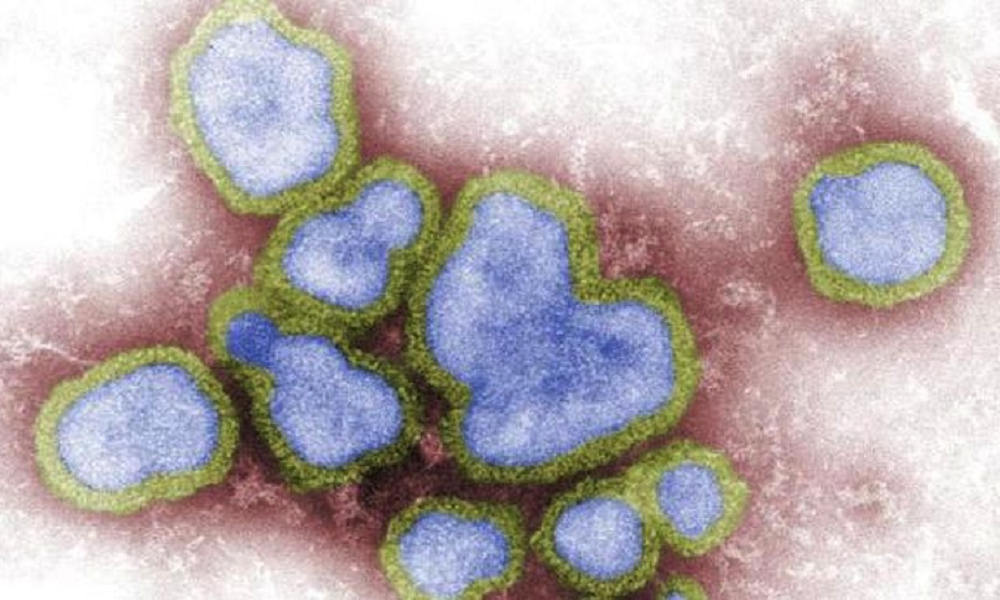Health
Cambodia reports new H5N1 case in child, 8th human infection in a month

Cambodia has reported a new human case of H5N1 avian influenza in a 5-year-old boy who is currently in intensive care, according to health officials. It marks the country’s eighth confirmed human case of H5N1 in the past month.
The child, from Kamakor Village in Kampot Province, tested positive for H5N1 on Thursday, the Ministry of Health said. He is being treated at a local hospital and is experiencing fever, cough, shortness of breath, and difficulty breathing.
An investigation found around 40 chickens at the family’s home, including two that were recently found dead. “The boy likes to play with chickens every day,” the health ministry said in a statement.
Health officials are continuing to investigate the case and are collecting samples from individuals who had contact with the patient. Close contacts are being treated with Tamiflu as a precaution, which is standard protocol in Cambodia following H5N1 detections.
Cambodia has reported an uptick of H5N1 human cases since June. The boy’s case marks the 8th case so far since then and the 12th so far in 2025, including six deaths.
The latest infection follows recent cases involving two women and a teenage boy in a village in Siem Reap Province, as well as an additional case in a nearby village. While no human-to-human transmission has been confirmed, investigations revealed the presence of sick and dead chickens at the homes of those infected.
Separately, Hong Kong’s Centre for Health Protection reported an additional H5N1 case involving a 19-month-old infant from Takeo Province who died. The case was not officially announced by Cambodia’s health ministry, but records indicate it occurred on Monday.
It is not yet known which strain is involved in the latest infections, though health officials suspect clade 2.3.2.1c, a strain that is endemic in Cambodia. A newer strain, clade 2.3.4.4b, has drawn international attention since 2022 due to its rapid spread and increasing infections in mammals, including humans.

-

 Business1 day ago
Business1 day agoYouTube restores service after widespread global outage
-

 Entertainment1 week ago
Entertainment1 week agoReggaeton artist Zion hospitalized after ATV accident in Puerto Rico
-

 World1 week ago
World1 week agoGunmen open fire at concert in Peru, injuring members of popular band
-

 World2 days ago
World2 days agoCar bomb explodes near shopping mall in Ecuador’s largest city
-

 World1 week ago
World1 week ago3 scientists win Nobel Prize in Chemistry for metal–organic frameworks
-

 Legal1 week ago
Legal1 week ago4 found dead in San Francisco home in suspected murder-suicide
-

 World1 week ago
World1 week agoSeveral injured after ferris wheel collapses at fair in Bolivia
-

 World1 week ago
World1 week agoU.S. sending 200 troops to Israel to support Gaza ceasefire plan – AP




